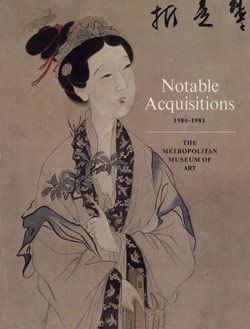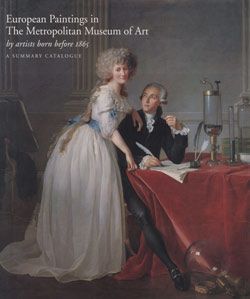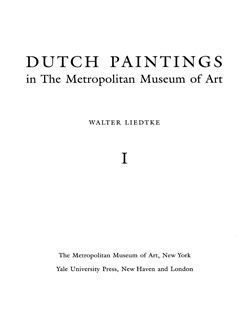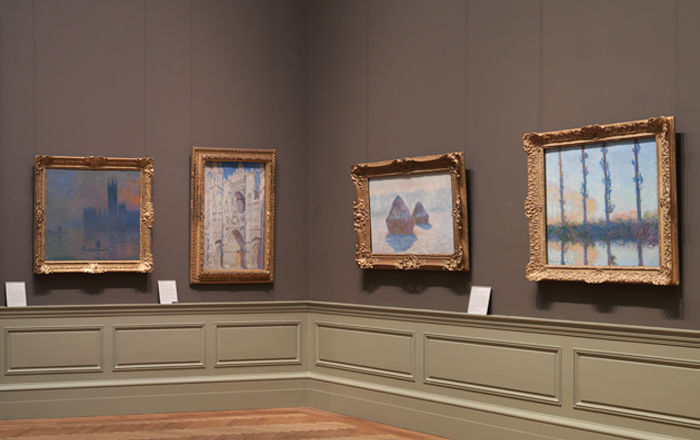This unsigned canvas first came to light in 1980. Susan Donahue Kuretsky, whose monograph on Ochtervelt was published the year before, examined the work prior to its accession by the Museum and confirmed its authorship (see Liedtke 2007). Sutton (2003) reasonably suggests a date in the early 1670s.
The subject is a pretty woman at her toilet, wearing a white satin housecoat over a coral-colored skirt. She gestures with enthusiasm as she reads a letter that must be from a suitor. A maid (whose head has been simplified by abrasion) threads a string of pearls through her mistress's hair. A second servant leaves the room (a doorway is dimly indicated in the center background) carrying a silver basin and pitcher. A canopied bed stands in the right background. To the near right is a table covered with an oriental carpet and a chair upholstered in a silver fabric, apparently silk. A fine silver box is on the seat, and a lapdog lies near the lady's delicate foot.
In style and subject, the picture responds to works by Gerard ter Borch—The Met's
Curiosity (
49.7.38), for example, and
The Letter (Royal Collection, Buckingham Palace, London), both dating from the early 1660s. Although the present composition is original, the shadowy interior, with a bed and table forming a corner, figures grouped closely together, and a young woman whose satin garment glistens in the light are all features typical of Ter Borch, whose work was admired by other artists active in South Holland, such as Caspar Netscher in The Hague and Johannes Vermeer in Delft, as well as by Ochtervelt in Rotterdam. Both a seated woman reading a letter and a maid dressing a young woman's hair are motifs found in paintings of the early 1660s by Ter Borch.
The pitcher and basin perhaps refer here to purity, though Ochtervelt was not one to dwell on didactic ideas. The most important motif in the picture could be described, literally, as material, namely, the satin garment, one of the finest examples in the artist's oeuvre.
[2017; adapted from Liedtke 2007]




